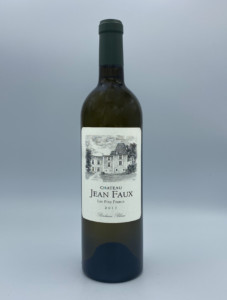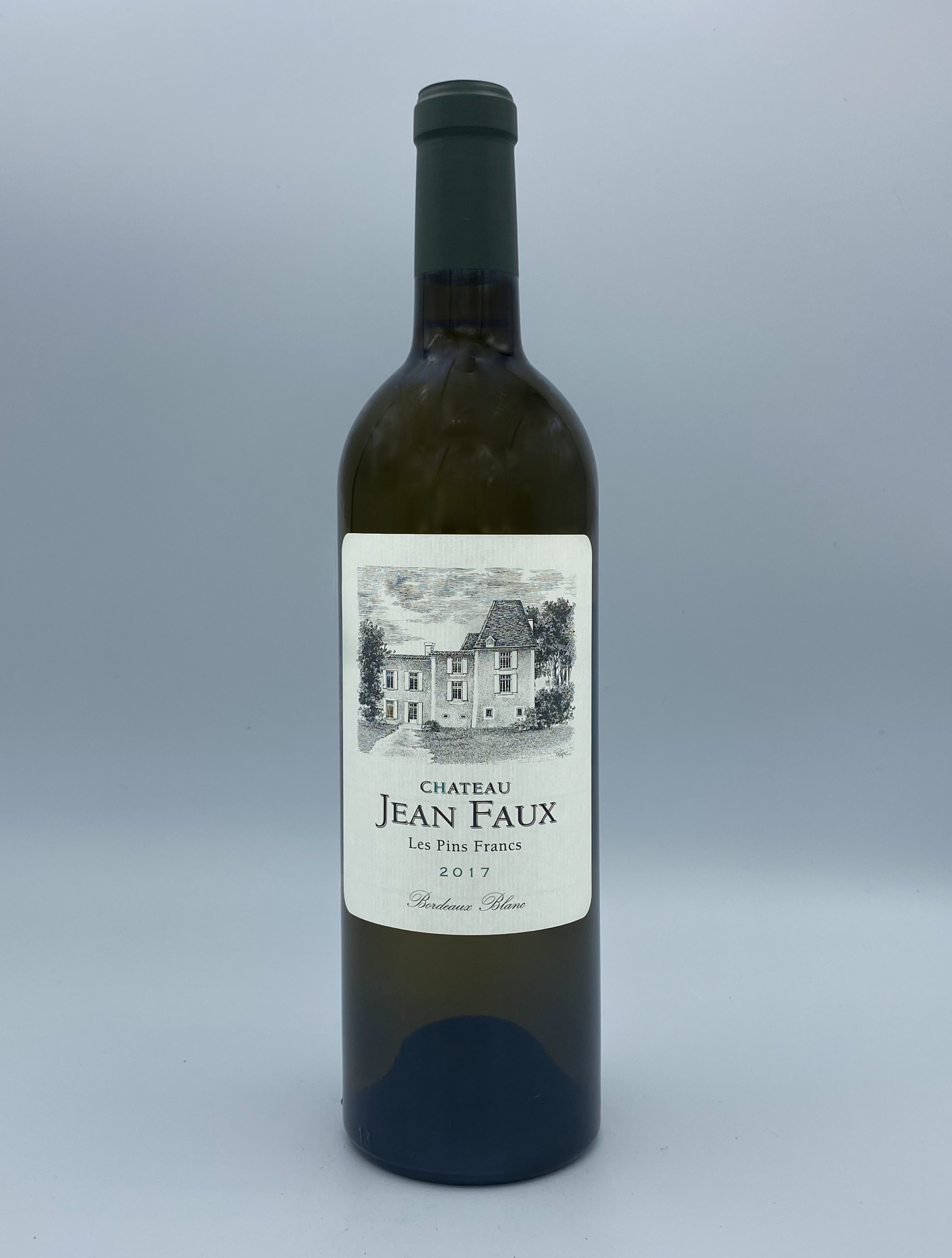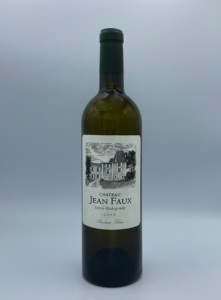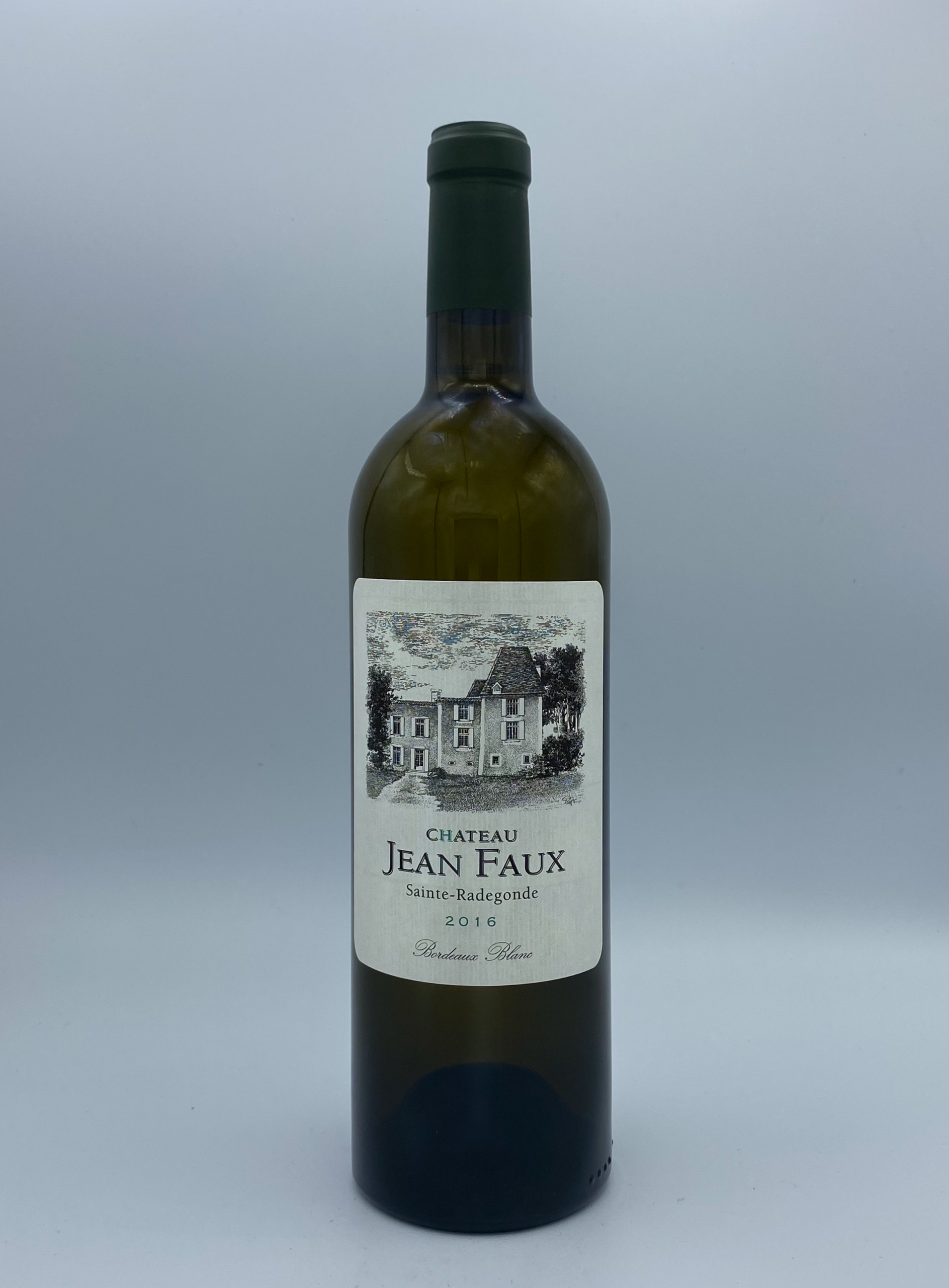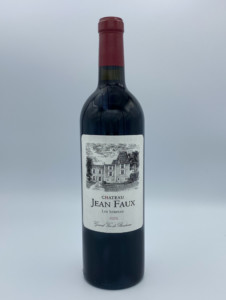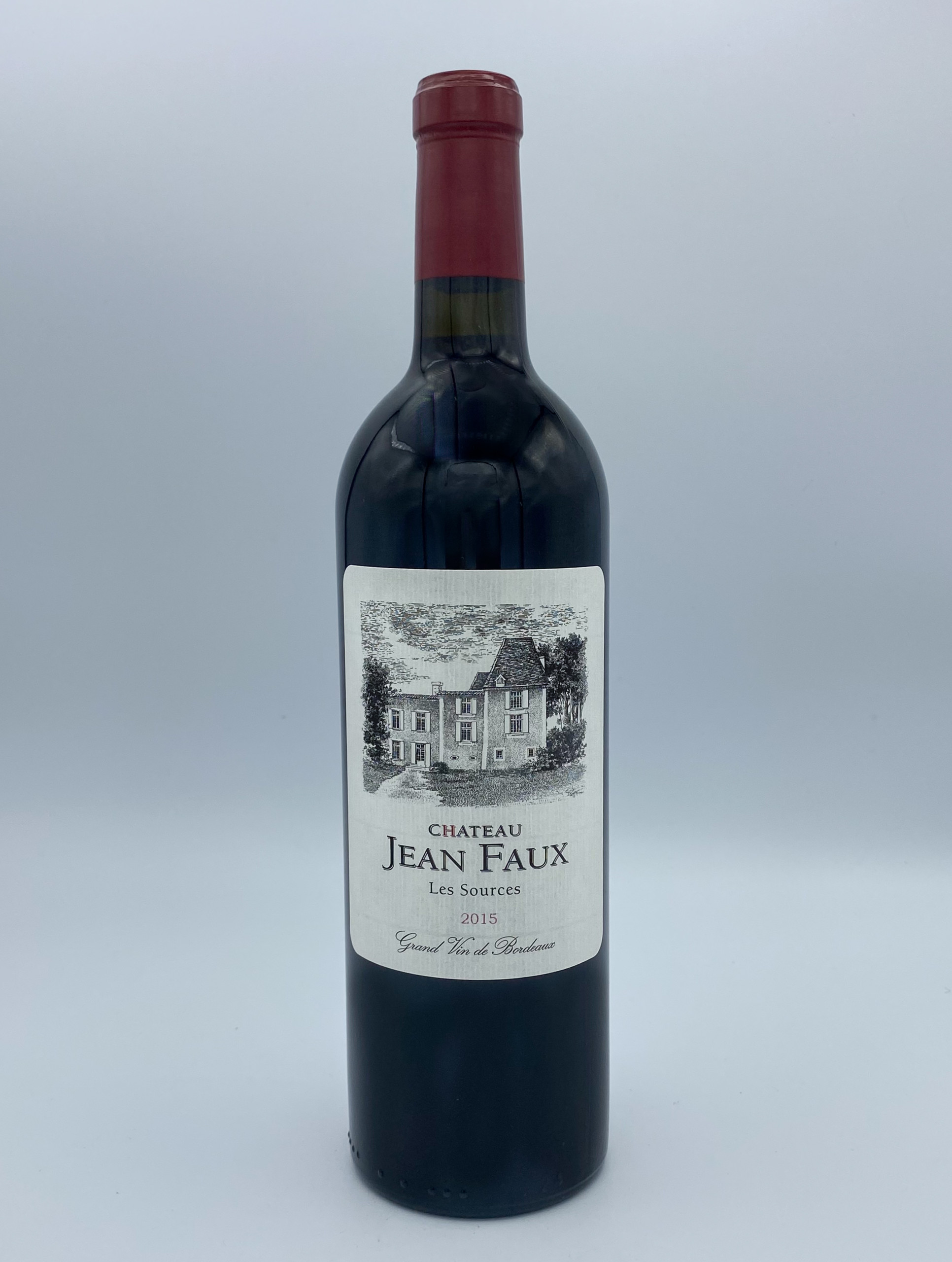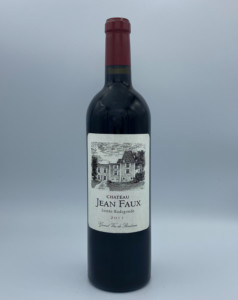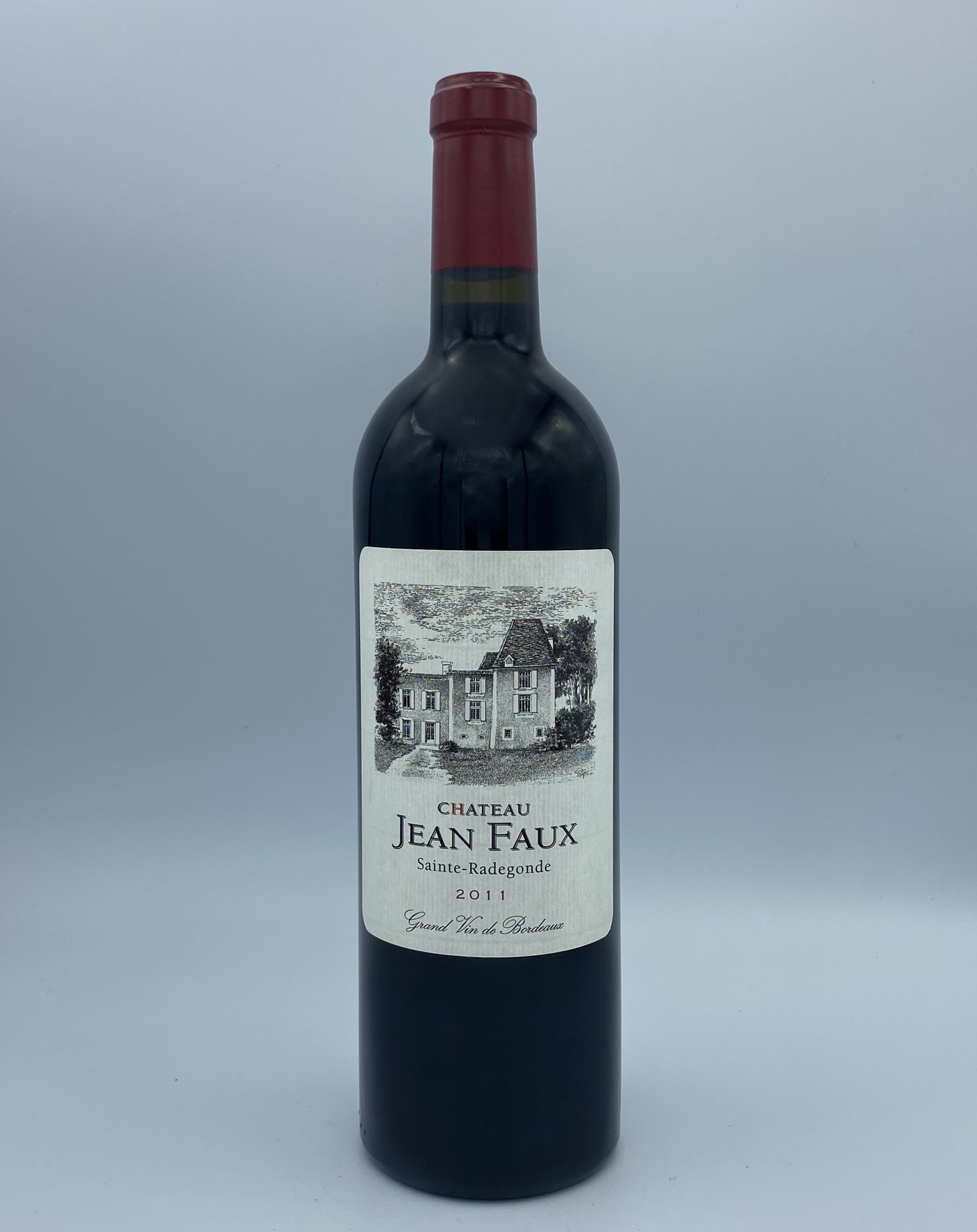Chateau Jean Faux
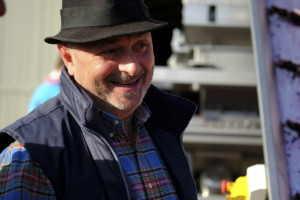
Pascal Collotte
About
Owner & winemaker: Pascale Collotte
Vineyards: 12.8ha, all estate-owned
Vineyard management: Organic since 2008, certified biodynamic since 2014
Soils: Clay-limestone
Grapes grown: Sauvignon Blanc, Sémillon, Merlot, Cabernet Franc
Annual production: 70,000 bottles
Quick facts:
- The foundations of the estate date back to the Middle Ages, when Sainte-Radegonde was a village of the Knights Templar.
- In addition to the vineyards, the estate also comprises 40ha of woods, meadows, and streams–ideal for promoting biodiversity and a healthy ecosystem.
- Pascal Collotte was a barrel maker before becoming a winemaker.
With a history dating back to the Middle Ages, Château Jean Faux’s modern chapter began in 2002 when Pascal Collotte—formerly the master barrel cooper at Tonnellerie Saury—and his wife, Clémence, purchased the property. The estate was in poor condition at the time, with only 1.5 hectares of vines considered good enough to produce grapes suitable for winemaking. One of the first decisions made by Pascal and Clémence was to solicit the counsel of the well-known agronomist and proponent of biodynamic viticulture, Claude Bourguignon. With Claude’s guidance, the Collottes restored and replanted 11 hectares of vines. The biodynamic vineyards of Sauvignon Blanc, Semillon, Merlot, and Cabernet Sauvignon provide the fruit for the estate’s four wines: a grand vin called “Sainte Radegonde” for both the white and red expressions, and a deuxieme vin called “Les Pins Francs” for the white and “Les Sources” for the red. The wines are classic and alive, and demonstrate the impressive quality being achieved today by the conscientious, independent vignerons of Bordeaux.


